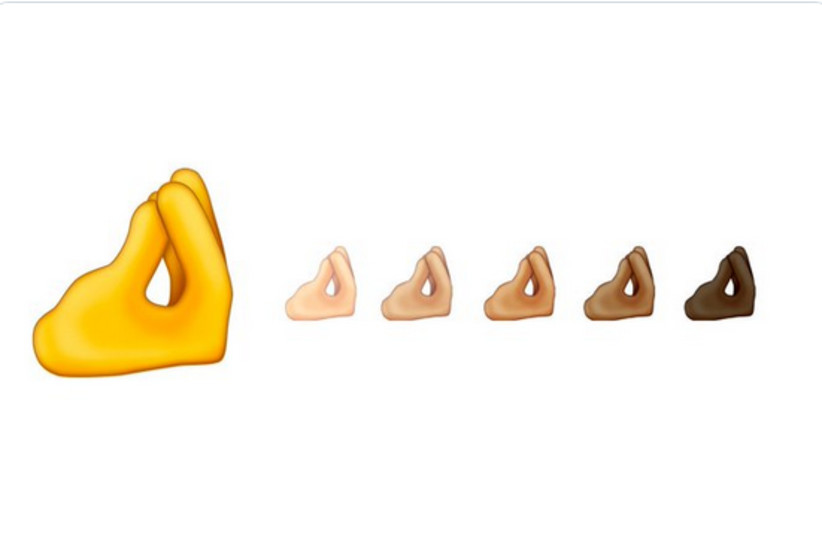The emojis you use can say a lot about your mental health and your relationships, according to a peer-reviewed study published in Frontiers in Psychology this week.
In day-to-day life, messages are interpreted by more than just words. Body language, facial expression and social situation can be key in communicating and understanding messages interpersonally. Online communication prevents insight into intention, delivery and meaning. This could be one of the reasons why people rely on emojis.
Emojis
Emojis are thought to have been developed by Shigetaka Kurita. Studies have found that 90% of all internet users use emojis.
Previous studies have highlighted that gender and culture play an important role in the appropriateness of emoji use. For example, heterosexual men may not send heart emojis to one another because it is interpreted as a romantic gesture, but heterosexual women may feel more comfortable with this as that display of platonic emotion is more societally accepted among women.
Other studies have shown that people are more likely to use emojis with friends, with whom they can express their feelings with than with strangers.

How did the study reach its conclusions?
The study recruited 1298 Japanese participants aged between 10 and 29 years old. The participants were asked to fill in a questionnaire, where they rated the frequency of their emoji use, and were asked to input emojis into a pre-written internet chat. They were then asked to rate the emotional intensity of their emoji use. Finally, they were asked questions relating to their mental health.
The study found that the emotional intensity behind the emoji was stronger when messaging same-sex friends. The emotional intensity of the emoji was reduced slightly when messaging friends of the opposite sex and reduced significantly when messaging with strangers. Interestingly, participants were less likely to use emojis when talking with someone of a higher social status.
The two most used categories were smiley faces and concerned faces. Wacky faces (like the monkey or tongue-out emojis) were frequently used when messaging friends of the same gender, but not the opposite gender.
Participants were found to be more likely to express emotions using emojis in positive contexts than in negative contexts. Negative emoji use was rarely used overall because it is seen as destructive to personal relationships.
Interestingly, despite individuals being less likely to use emojis in negative conversations, they are more likely to use them in private conversations than in group chats. The researchers believe that this is because in group conversations people are more conscious of others and driven to care about the appropriateness and impact of their message.
Researchers were surprised to discover that positive emojis were often used in negative contexts to lighten or de-intensify the message and reduce the emotional impact on the other.
Ultimately, this led the researchers to believe that people reduce their emotional expression with people with whom they are not intimate.
The study also found that people that can use emojis to express their emotions are less likely to experience depressive symptoms.
